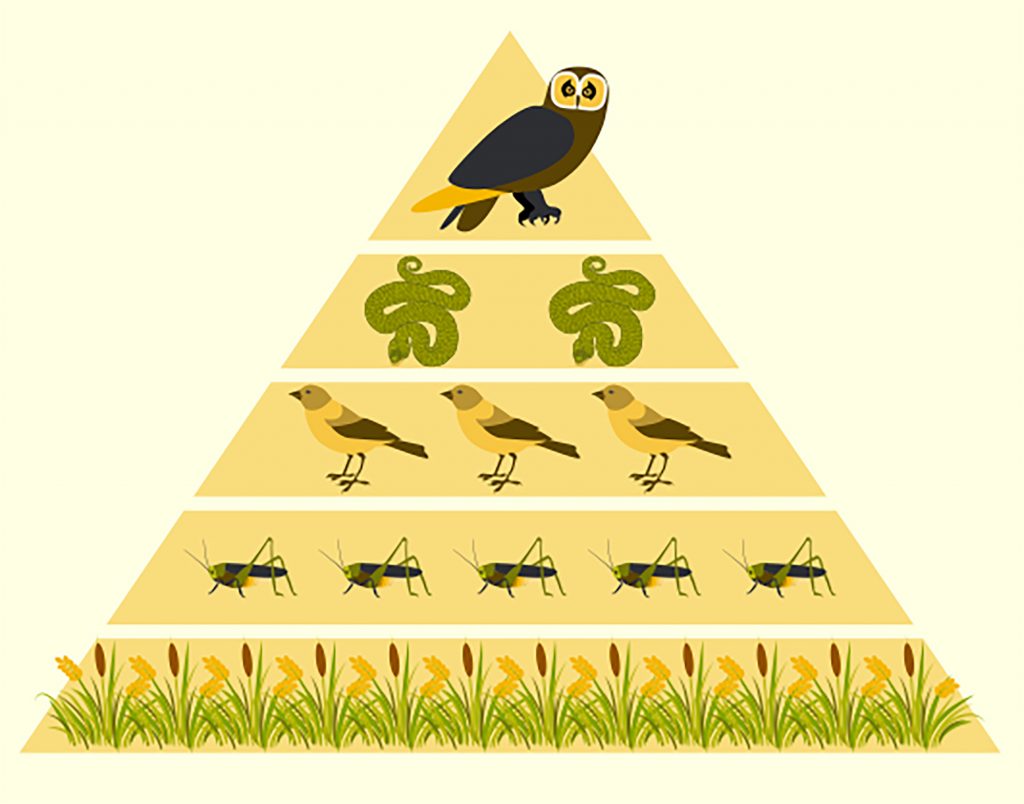
Food Webs Nutrients Cycle & Energy Flows


Food Webs Objectives
-
Compare and contrast how nutrients cycle and energy flows through a food web.
-
Map the nutrient cycling and energy flow through the trophic levels of a terrestrial and an aquatic food web.
Since animals require other organisms as a continual food source, they (we) are immeshed in a web of life.

Food webs start with an understanding of “who eats who,” and quickly reveals complexities, including energy loss and nutrient cycling.
We’ll start with the fundamentals of food webs.
This video is a demo of a basic food web.
Food web concepts can be applied to a variety of ecosystems, including deserts.
Another perspective on food webs, this time in the context of marine ecosystems.
Portfolio Update
When you put your work under one of the nine learning outcomes, you may be wondering what to add to tie the course outcome to your work. This video explains the process.
The next section focuses on animal feeding strategies with special emphasis on the herbivores.

Check your knowledge. Can you:
-
compare and contrast how nutrients cycle and energy flows through a food web?
-
map the nutrient cycling and energy flow through the trophic levels of a terrestrial and an aquatic food web?



